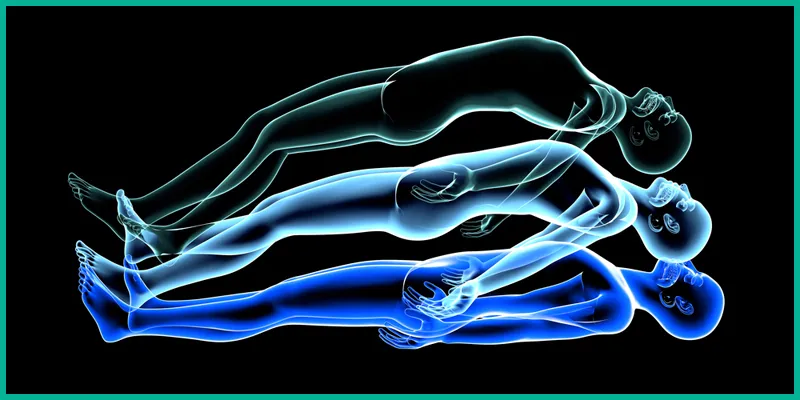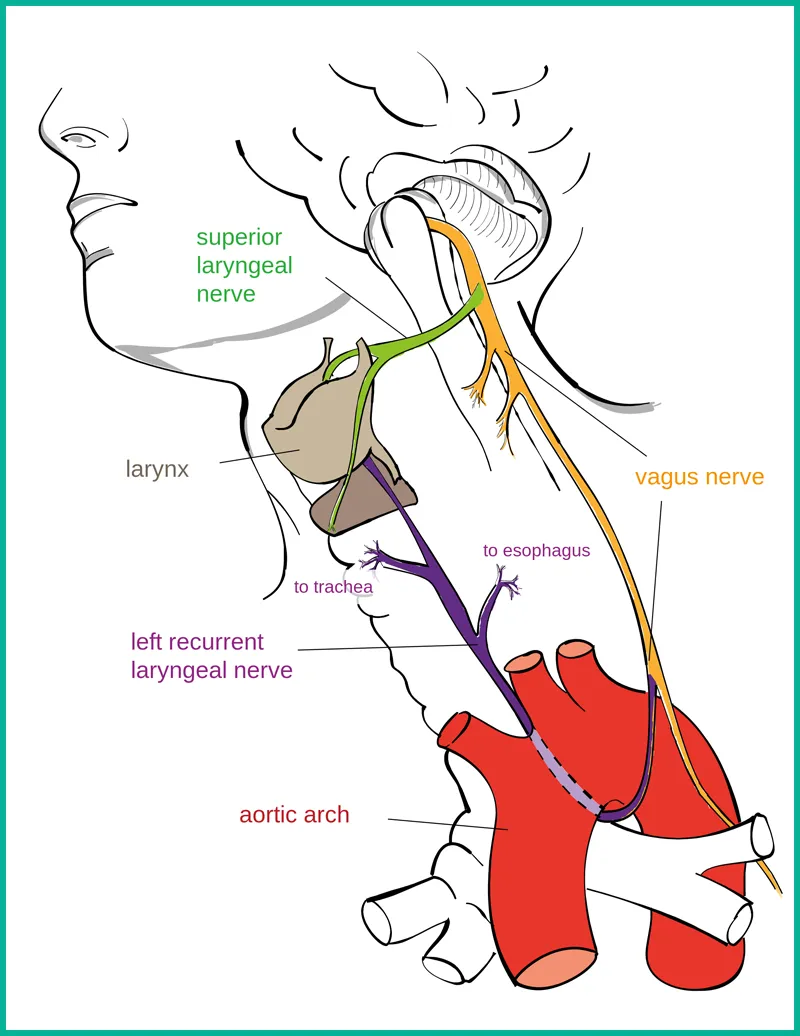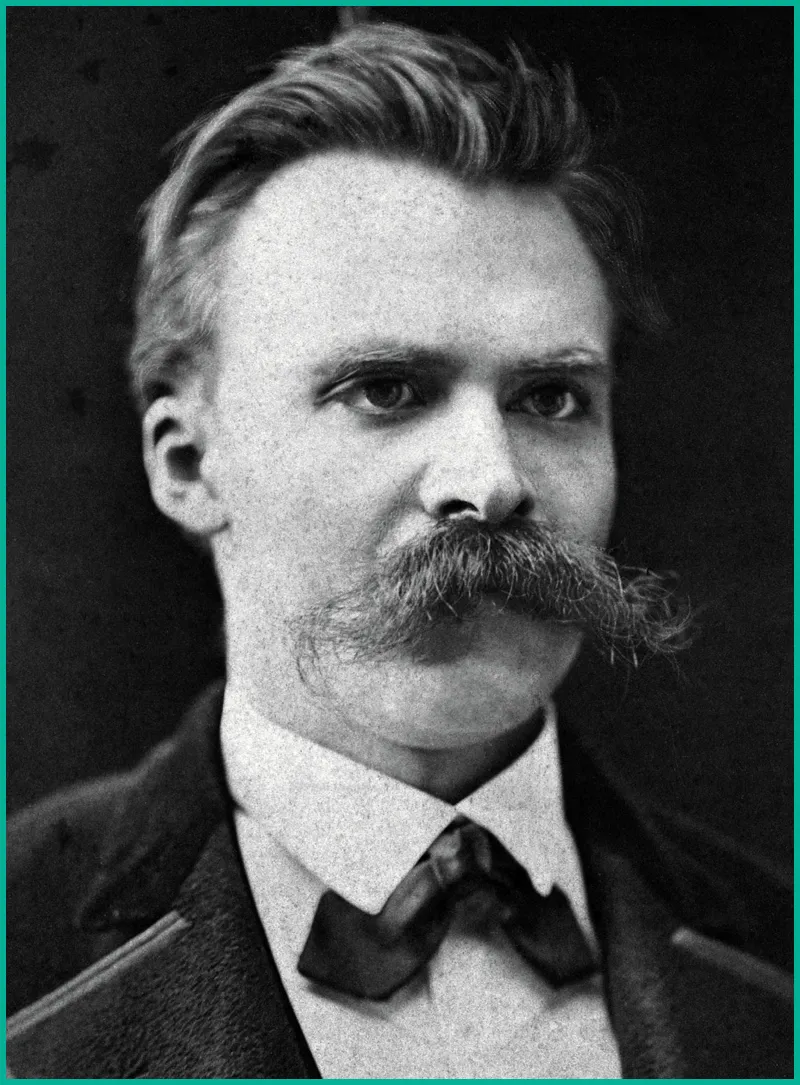From time immemorial, man dreamed of parting with the burden of his biology and expand the possibilities of the body. Immortality, flight, unlimited intellect - all this tempted even the most ancient peoples, and now worries the scientific world. Technology as never before is close to the long-awaited jerk - from a man ...

In the beginning was death
It is unlikely that there is a more influential factor in a person's life than an awareness of his own mortality. Man has received it with the mind, and for this reason he carries this burden alone.
The knowledge of death completely permeates the nature of man and underlies all the diversity of human culture. The disagreement of a person with the naturalness of death and the desire for immortality is reflected in the most ancient beliefs. On this deep, archetypal fear, many religions have played and continue to play, promising an eternal afterlife in a new, often attractive reality - from the grim underground Aida to the paradise gardens and the blissful embrace of hundreds of black-eyed virgins.
In other beliefs - in particular, in Hinduism and Buddhism - the limb of the body is also postulated, but the immortality of the soul. Gingerbread are beautiful in their symbolism in another world, but not, but there is a concept of the transmigration of souls, according to which each person, depending on his life affairs, moves after death into a new body that provides immortality.

It is remarkable that science, theoretically, can realize both of these scenarios, but we will not start running forward.
Intolerable Biologicality
In addition to mortality, the burden on a person is also his biological past, which he always carries with him. After all, what is modern man is the result of hundreds of millions of years of evolution and the separation of different genes.
And evolution is too "conservative", that is, it relies on old and far from always the best solutions for bioengineering. It is for this reason, for example, that our eyes are arranged in an absurd way - with receptors that are directed to the brain, not to light. This happened because the human eye developed from a photosensitive spot of the lancet, whose receptors turned into an almost transparent body. Because of this nuance, light must pass several layers of neurons before reaching the deduced receptors and, finally, transmit a visual signal to the brain.
The blindness of the evolutionary process is explained by the fact that it adapts exclusively to short-term tasks and uses solutions that can lose any effectiveness in the future and even more, become malicious.
For example, such a solution is a ridiculously long recurrent laryngeal nerve in mammals, which instead of tying the larynx and the brain along the simplest trajectory descends to the heart, rounds the arch of the aorta and returns to the larynx. Because of this aneurysm of the aorta, for example, can lead to paralysis of the vocal cords. This decision also came from the times when our ancestors were fish - they simply did not have a neck, and a solution that was effective started to cause harm to millions of years.
Of course, evolution could not predict that a person would become vertical, move to cities and fly away into space. The body that we now have is designed to solve highly specialized and obsolete tasks - to break out of predators in the jungle or to hunt. Therefore, for example, a sedentary lifestyle, unnatural for our ancestors, causes so many health problems.

All this, of course, leaves a mark on our psychology, which, judging by the multitude of factors, such as the characteristics of the sexual drive and social hierarchy in some countries, is also imperfect and more consistent with our animal past than the human present.
On this basis, both on the fear of death and on frustration because of the limitations of one's own body and the inconsistency of its structure with the tasks of modern civilization, a desire arose to make a person something more than a result of natural evolution.
Something that can be called a superman or a posthuman.
The yearning for the superman
The German philosopher Friedrich Nietzsche developed the scientific and philosophical idea that man is only an intermediate link on the way from an animal to a superman, in his works at the end of the 19th century.
For example, in his work "So Spoke Zarathustra," he writes: "Man is something that must surpass ... What is a monkey in relation to man? A mockery or an agonizing disgrace. And the same must be a man for a superman: a laughingstock or a painful shame. "
Without belittling the importance of man, Nietzsche postulates a whole worldview, according to which all human efforts should be aimed at preparing the world and man himself for the advent of the shackled morality and truly free superman. "Man," he writes, must be "anguish and an arrow over the superman."
Nietzsche, however, did not mention technology in this context. He believed that man must evolve into the perfect form himself, using self-development.

This, however, did not prevent the "superhuman" aspect of Nietzscheism from pouring into the new technocratic form of transhumanism in the twentieth century. Transhumanists usually deny any links with Nietzscheanism, but the influence of the philosopher, if you read into the manifesto of the transhumanist movement, becomes more than obvious.
Humanity +
Transhumanism is at the moment the largest and most developed international movement directly aimed at achieving a posthuman future. It was transhumanists - scientists, philosophers and futurists - who managed to introduce the concept of "posthuman" into circulation and popularize it.
Beginning in the late 1920s, transhumanism developed immediately into several internal currents, but the ideological foundation laid by the founders of this movement remained intact: all the promotion of technology development in order to use them to turn a person into a more perfect being - the posthuman.
People who share transhumanist views and seek to bring the posthuman future closer are called transhumanists, emphasizing the transitional nature of the modern human being.
Transhumanism concerns very many fields of science: cybernetics, nanotechnology, bioengineering, genetics and others. Among the goals is not only the achievement of immortality, but also a significant increase in the physical and intellectual abilities of man, the improvement of his senses (or even the addition of new ones).
Among the most popular modern transhumanists, whose movement at the moment has engulfed practically all technologically advanced countries (including Russia), one can discern the famous futurist and inventor Raymond Kurzweil.
He managed to develop and substantiate the concept of technological singularity - the point after which scientific and technological progress will become so rapid that its further development will be simply impossible to predict. According to Kurzweil, the technological singularity may come as early as 2045 due to the appearance of a powerful artificial intelligence and active cyborgization of people, that is, replacing parts of the human body with artificial but more effective analogs.

The central place in the forecasts of Kurzweil, now headed by the NASA-funded University of California Singularity in California, belongs to nanotechnology. In his view, thanks to the evolution of nanotechnology, the rapid development of medicine and industry will take place (already in the 2020s), which will gradually not only make a person immortal, but also significantly reduce the cost of producing various products, in effect deciding once and for all the problems of food security.
At the moment, the World Association of Transhumanists is called Humanity +. This renaming probably took place in order to rebrand the movement under the pressure of critics accusing transhumanists of striving for an overly radical change in a person. Now transhumanists focus on the ethical use of science and technology to improve the human body.
Man against the posthuman
Not everyone, however, shares the enthusiasm of transhumanists and futurists. The posthuman future - whatever it is - certainly comes close to the development of technology. However, when transferring concepts into real socio-political conditions, a number of unsolvable, sometimes catastrophic in their potential, pitfalls are revealed.
The most consistent and influential critic of transhumanism can be called the famous American political scientist Francis Fukuyama. Exploring in detail the possible consequences of the ideological victory of transhumanists over the governments of the world, Fukuyama comes to a series of conclusions that cast doubt on not only transhumanistic values, but also the vector of the movement of modern science as such.
In particular, in his book "Our Posthuman Future," he notes that "science in itself is incapable of establishing the goals and limits that it is intended to achieve" (Stanislav Lem wrote in his book "The Sum of Technology about the dangers of uncontrolled technological progress" ").
In the same book of Fukuyama (briefly with the political scientist's theses can be found in his article published in 2004 in the journal Foreign Policy) he makes a series of logical arguments, reinforced by arguments, about why transhumanism can be dangerous for humanity.
Among them, there are two main theses. First, a man has evolved very long evolutionary way and contains a lot of both positive and negative traits - but it is this complex combination that makes us people and allows us to develop as a species. Radical intervention in this process with the help of technology can not exalt the person, but, rather, dehumanize him, the political scientist believes.
Secondly - and this problem is most obvious - the appearance of the first posthumans will automatically divide people according to the principle unprecedented earlier and create a huge conflict potential in the social, economic and political spheres. In other words, this will give rise to unpredictable scales of inequality, as well as confusion in the sphere of law (what rights does a person have, and what is a posthuman? Is a posthuman a human being and so on).
The consequences of this artificially created inequality will be unprecedented, because earlier, despite all the differences, people were united by one important circumstance - they were a single species of Homo Sapiens. Now humanity will be divided into two (or even more) species. It is possible that on financial grounds, because the technology of "posthumanization" may be too expensive for the townsfolk.
In fact, this will destroy the entire system of liberal democracy that exists at the moment in the countries of the West and is based on a certain philosophical foundation - for example, on the concept of natural law (all people are born equal in rights and are given certain rights from birth), which simply loses all meaning with the appearance of the first posthuman. How can such ideas be postulated if people are divided into several species and will not share a common human nature?
At a time when a person has just emerged from the reign of almost the whole of his previous history of inequality, he risks becoming in an even more unjust world than ever before - all thanks to biotechnology and transhumanists, however well-intentioned they may be , considers Fukuyama.
The Russian transhumanist movement, for example, responds to this criticism in the following way: "Such fabrications are based either on an incomplete idea of the future or on an arbitrary preference of the author. As a rule, the general tendency to cheaper various kinds of services, including medical, development of robotics and obtaining surplus value through robotization, the possibility of redistribution of this income by state structures in favor of the population, does not take into account the development of nanotechnologies and, in particular, the forecasted emergence of nanofabric and nanoassemblers . Also, the possibility of an intelligent upgrade of each person is not taken into account. "

In the rhetoric of supporters of transhumanism, one can also find such counterarguments as the presence of a technological component in the modification of human life for several centuries already - for example, medicine - cures for diseases, antibiotics that have long intervened and significantly altered the natural course of human evolution (now survive even initially weak and sick, which completely eliminates natural selection).
The greatest achievements of science and technology, the transhumanists consider, have always been perceived by society as a perversion and an insult to nature, before settling among the masses. Therefore, one can notice so strong rejection of technological interference in the human body (especially in a religious environment), which, on the other hand, with all sorts of implants and transplanted (or even artificial) organs occurs quite a long time ago.
Who will be right, apparently, will show only the time that inexorably brings the posthuman reality simultaneously in several of its potential forms. The power of computers is growing - in this area, a "quantum revolution" is expected; nanotechnologies are moving forward with leaps and bounds, and in the coming years we will probably be able to see the high-precision delivery of the drug to a particular cell using a nanodevice; methods of life extension have more and more success in mice, and technologies like Oculus Rift allow you to plunge into the virtual world deeper than ever before.
It is unlikely that all these processes will be able to slow down, let alone stop. It remains only to enjoy the benefits of technological progress and monitor developments.